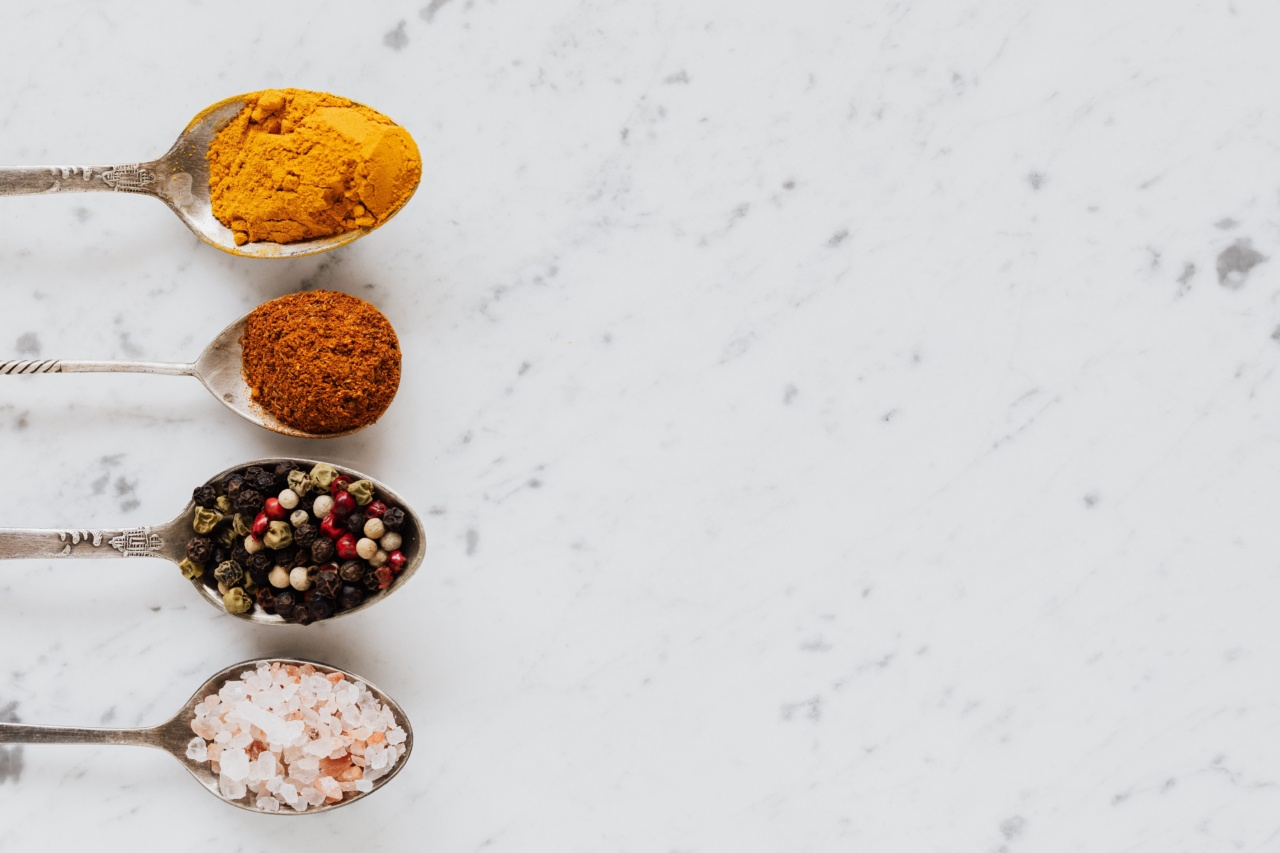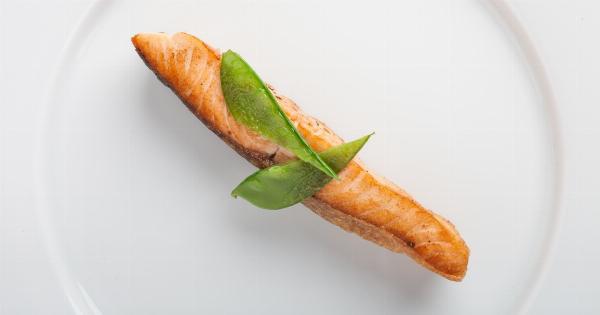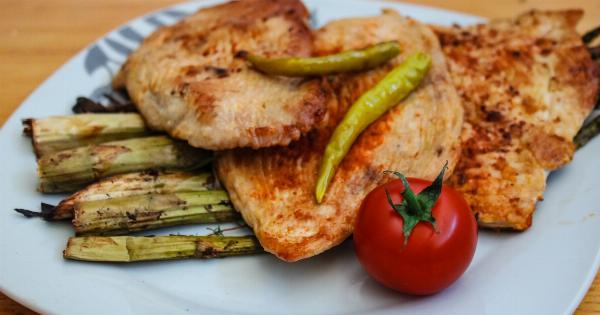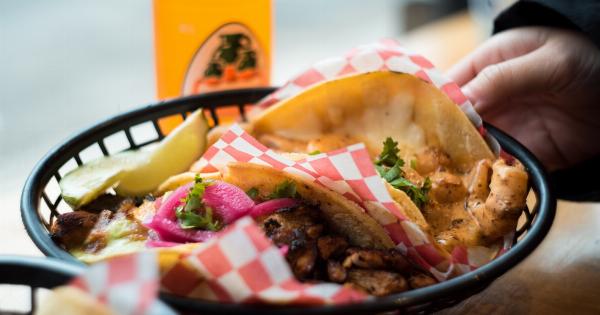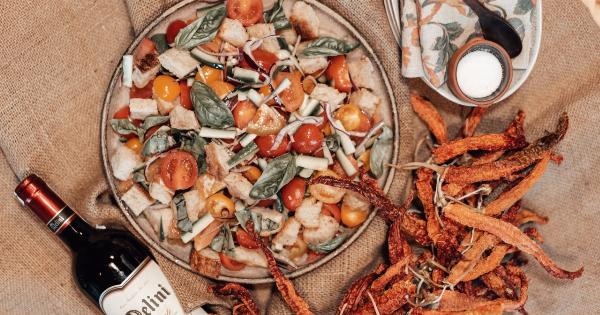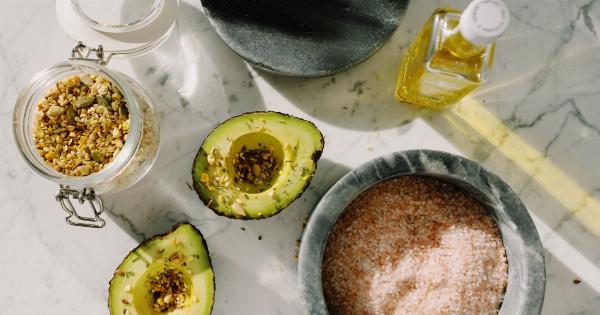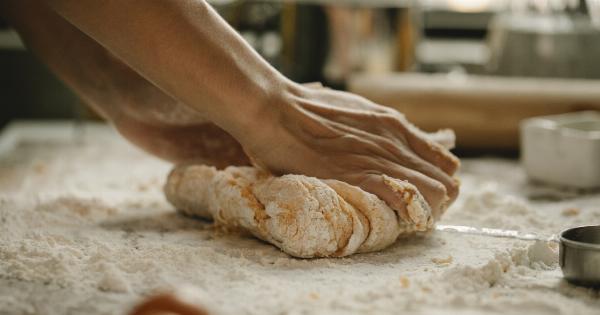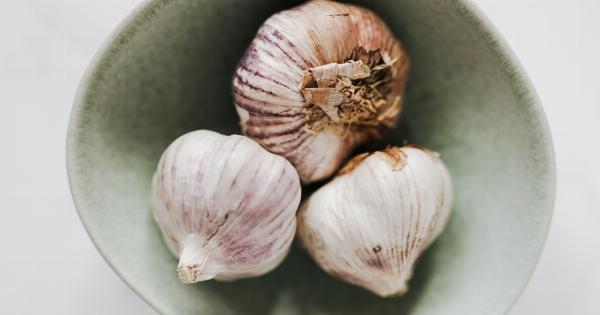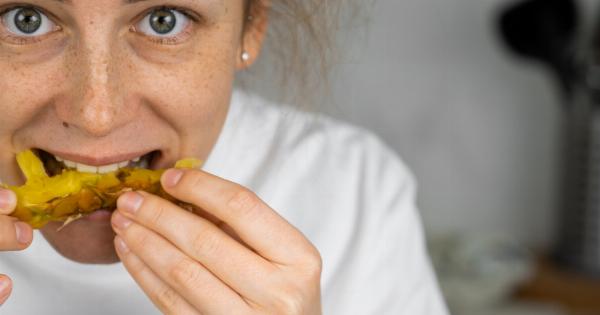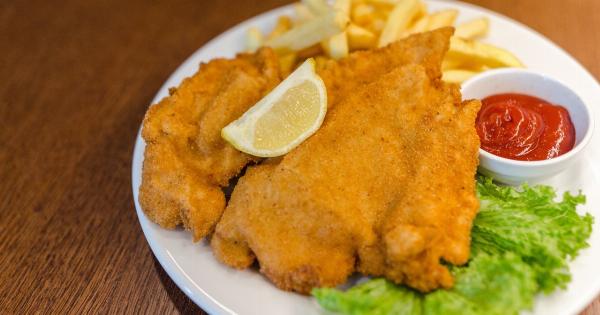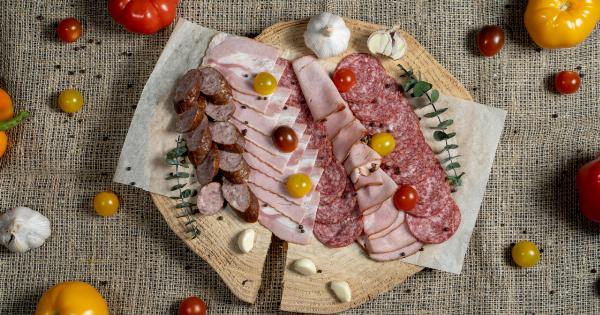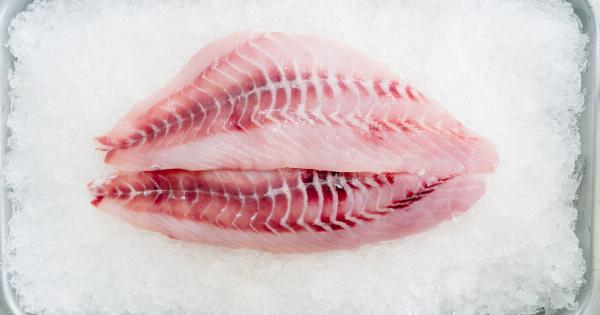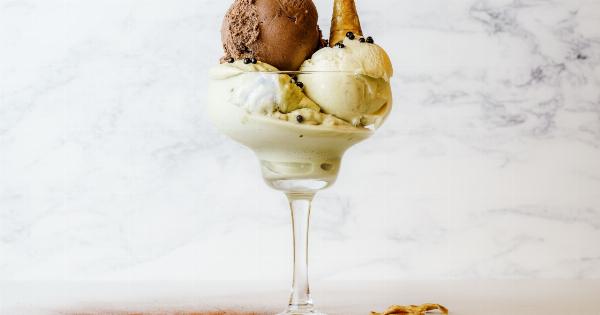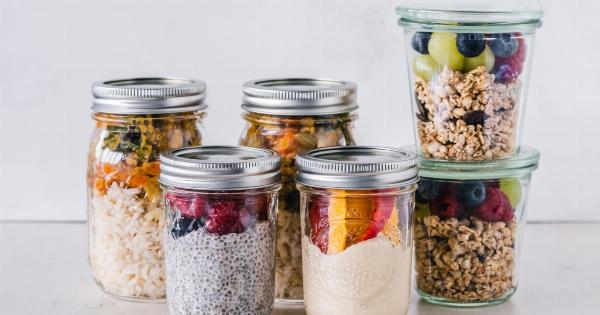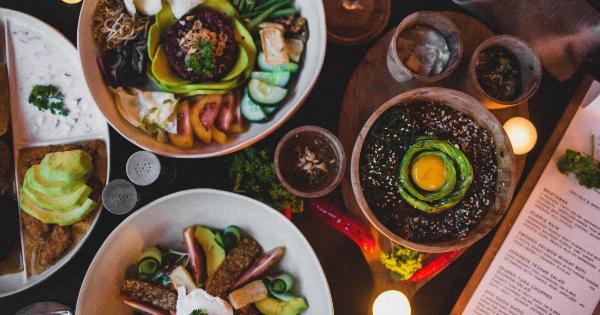If you’re a lover of both classic cocktails and traditional desserts, then you’ll be happy to know that there’s a combination of the two: Musquiries! A twist on the classic mojito, this cocktail features sweetened blackberry puree, fresh mint, and a splash of lime juice, creating a refreshing and delectable cocktail that doubles as dessert. Read on to learn more about the history, ingredients, and recipe for this unique and delicious culinary creation.
History of Musquiries
The origins of musquiries are somewhat unclear, but they’re thought to have originated in Cuba as a twist on the classic mojito.
The addition of blackberry puree was likely a product of the abundance of blackberries in the area, and the desire to add a fruity and sweet element to the cocktail.
Over time, musquiries have gained popularity in bars and restaurants all over the world, with variations featuring different types of fruit puree or even incorporating muddled berries into the cocktail itself.
This versatile and flavorful cocktail is now a standout option on many drink menus, particularly during warmer months when fresh fruit is readily available.
Ingredients
To make musquiries, you’ll need the following ingredients:.
- 1/4 cup fresh blackberries, plus extra for garnish
- 1/4 cup sugar
- 1/4 cup water
- 10-12 fresh mint leaves, plus extra for garnish
- 1 1/2 ounces white rum
- 1/2 ounce fresh lime juice
- Soda water or sparkling water, for topping off
Recipe
To make musquiries, follow these simple steps:.
- In a small saucepan, combine the 1/4 cup blackberries, sugar, and water over medium heat. Stir until the sugar has dissolved and the mixture has come to a boil.
- Reduce the heat to low and continue to simmer, stirring occasionally, until the mixture has thickened and the blackberries have broken down, around 10-15 minutes.
- Strain the mixture through a fine-mesh strainer, pressing down on the solids to extract as much liquid as possible. Discard the solids.
- In the bottom of a cocktail shaker, muddle the mint leaves with the blackberry syrup until fragrant and slightly bruised.
- Add the white rum and lime juice to the shaker and fill it about 3/4 full with ice. Shake vigorously for around 15 seconds.
- Fill a highball glass with ice and strain the cocktail over the top, using a spoon to hold back the mint leaves and any solid bits.
- Top off the glass with soda water or sparkling water and stir gently to combine. Garnish with extra blackberries and mint leaves, if desired.
Variations
While blackberry is the traditional flavor for musquiries, there are plenty of variations to try out. Consider swapping out the blackberry puree for raspberry, strawberry, or even peach puree.
You can also add fresh fruit to the drink itself, such as muddled strawberries or blueberries, for an extra burst of flavor.
For a non-alcoholic version, simply omit the white rum and replace it with additional lime juice or soda water. This will still give you the refreshing and fruity flavor of musquiries without the buzz.
Serving Suggestions
Musquiries are best served over ice in a highball glass, garnished with extra blackberries and mint leaves. Because they’re sweet and flavorful, musquiries make a great after-dinner drink or dessert cocktail.
They also pair well with a variety of foods, such as grilled meats or fish, fresh salads, and light appetizers.
Conclusion
Musquiries are a delicious and unique twist on the classic mojito, featuring sweetened blackberry puree, fresh mint, and a splash of lime juice.
With a bit of history, a list of ingredients, and simple recipe, you can easily whip up this refreshing and delectable cocktail at home. Try out different variations and pairings to find the perfect musquiries experience for you.
